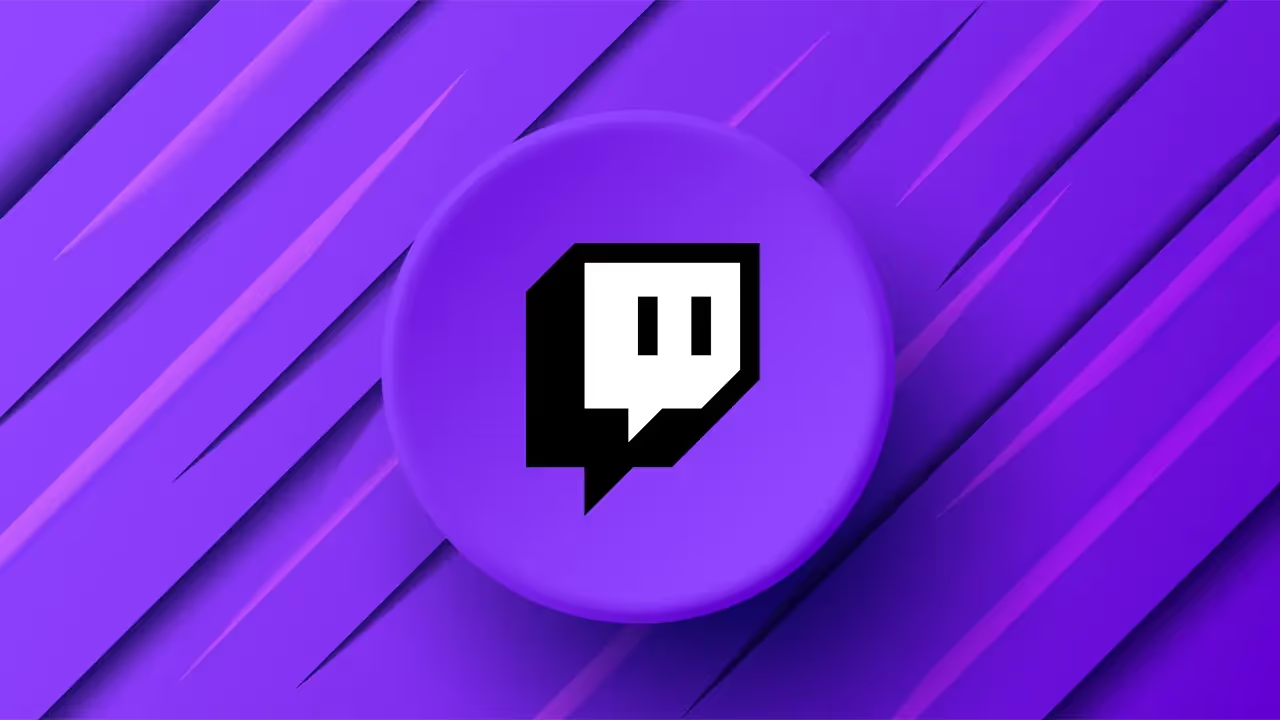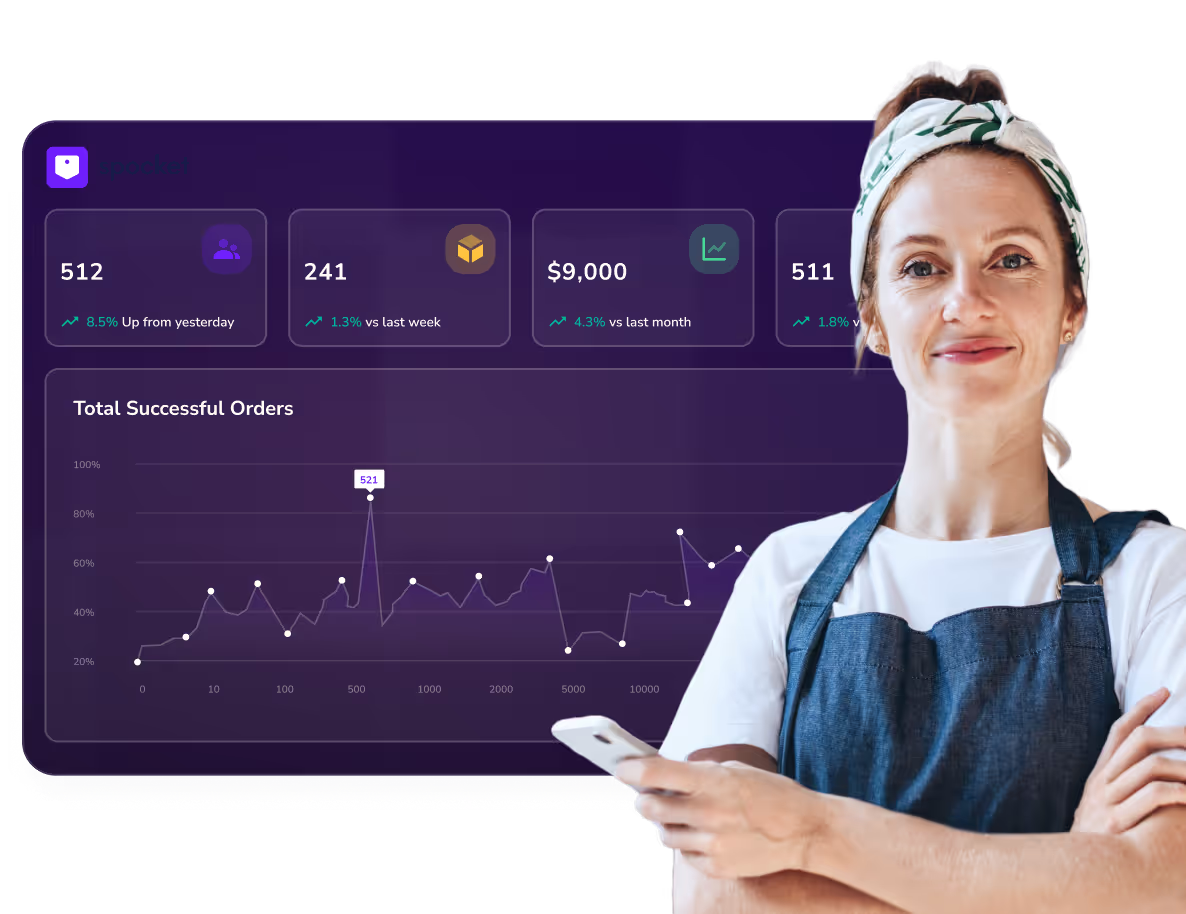Streaming platforms have changed the way people watch games, shows, and live events. Twitch is one of the most visited sites for this kind of content, with millions of users and thousands of channels streaming each day. For many, Twitch is more than a place to catch a favorite gamer or music stream. It is a social space, a creative outlet, and, sometimes, a potential business opportunity.

But with all its popularity, there are many questions about its safety—especially for kids and teens. If you have ever wondered, “Is Twitch safe?” or have concerns about privacy, content, or community, you are not alone. This blog covers every angle you should consider before signing up or letting your family join.
What is Twitch?
Twitch is a live streaming platform where users can broadcast video, audio, and chat to an audience. Twitch launched in 2011 and is now a top pick for gamers, creators, artists, musicians, and talk show hosts. On Twitch, you will find channels covering a range of topics, but gaming is at the core of its identity. Broadcasters, often called streamers, create content and build communities around shared interests.
Each channel supports real-time chat. Viewers can type messages, subscribe, or send “bits.” While many see Twitch as a gaming site, it is much more. You will see people painting, cooking, teaching languages, or even walking around their cities while chatting with viewers. Twitch works in most countries, but there are regions where it is restricted or banned. The service is owned by Amazon, which provides strong infrastructure and resources to keep the platform running. You can watch or broadcast using the website, or the Twitch app for phones and smart TVs. All you need is a free account and internet. Its mix of chat and variety of content makes Twitch unique.
What Can You Stream on Twitch?
Twitch offers far more than games. While esports tournaments and gaming streams are the main attraction, the site welcomes streams about art, music, cooking, fitness, travel, and the popular “Just Chatting” sessions, where streamers talk, answer questions, or share stories. Educational content is also available, with channels focused on coding, science, or language learning.
Many broadcasters create unique shows—some host live podcasts, while others perform comedy skits or game shows. Musicians give live concerts, DJs perform, and artists paint while chatting with their audience. Creative categories continue to grow as the community demands new content. Viewers can usually find something entertaining at any hour. The “Just Chatting” category stands out for its relaxed, interactive style. Whether you are into speedrunning games, learning recipes, or joining a music jam session, Twitch has a channel for almost every interest and hobby.
How Does Twitch Work?
Twitch connects streamers and viewers in real time. When a streamer goes live, their channel appears in the Live section. Anyone with an account can watch, follow, and join chat. Some streams may need age verification. Chat and emotes keep things interactive and lively.
You can follow your favorite channels to get notifications when they are live. Subscriptions unlock perks like emotes and ad-free viewing for some channels. Bits are a virtual currency viewers buy to “cheer” on streamers. Some streamers run ads or get direct donations.
Streamers use webcams, mics, and software to broadcast. Many add overlays to show alerts or stats. Moderators, often from the community, help keep chat respectful by removing spam or offensive comments. There are settings to block unwanted messages or users, plus parental controls. You can join Twitch from computer, phone, or smart TV.
Is Twitch Illegal?
Twitch is legal in most countries, and using it to stream or watch is not a crime. The site follows the laws of each region. Content streamed on Twitch must obey both the platform’s rules and local laws. Streaming copyrighted material without permission can get a channel banned. Twitch is strict on copyright, and repeat violations may mean permanent bans.
In some countries, streaming gambling or adult content is restricted, even if Twitch allows it. Countries can block or limit channels or features. While Twitch is not illegal, sharing illegal content breaks the rules and can bring serious consequences. If unsure, check your country’s rules and Twitch’s official guidelines. Twitch works with copyright holders and governments, but users must follow the law.
Is Twitch Banned in China?
Twitch is blocked for most users in mainland China. Since 2018, the app is gone from Chinese app stores, and the website is behind the Great Firewall. Most people cannot access it directly. Some try VPNs, but that is risky and not always dependable.
The exact reason for the ban is unclear, but it is likely about government control and unfiltered content. Local platforms like Douyu and Huya are popular alternatives. Travelers or residents in China must use local alternatives. Official Twitch content is not shown legally inside China.
Is Twitch Popular in India?
Twitch exists in India, but it is less popular than in North America or Europe. Most Indian viewers prefer YouTube or Facebook Gaming for local content and language support. A few Indian streamers have found success, but building a big audience can be tough due to competition and slower internet in some regions.
Lack of local currency payments and fewer regional promotions limit Twitch’s appeal. However, the platform is slowly gaining recognition, especially among gamers who enjoy international streams and esports. Indian viewers can use most Twitch features, and some international events attract fans. Twitch is accessible, but the Indian scene is still growing compared to other regions.
Is Twitch Down?
If you cannot load Twitch or streams, the service may be down. Like most big sites, Twitch sometimes has technical issues, scheduled maintenance, or outages. Most problems are fixed quickly. You can check status.twitch.tv for updates. Outages can be global or regional.
Sometimes a channel goes offline, but the main site is up. For updates, check Twitter. Try refreshing, restarting your device, or switching your internet. Most outages are brief.
Is Twitch Safe?
Twitch is mostly safe for users, thanks to secure connections and clear rules. Risks exist, especially for younger users. Chat rooms can move fast and may include harsh language or bad jokes. Trolls or spammers sometimes cause problems, but filters, moderators, and community guidelines help keep things in check.
Hate speech, threats, and illegal activity are not allowed. Breaking rules can mean losing a channel. Users can report abuse, and moderators can ban disruptive chatters. For parents and kids, there are controls to block mature streams, filter chat, and stop private messages. Setting these up makes Twitch safer for children and teens.
Account security matters, too. Hackers have tried to target Twitch users, often with phishing or guessing passwords. Two-factor authentication (2FA) adds a layer of safety. Do not share your password or click strange links. Large data breaches are rare, but staying careful is smart.
Twitch collects user data like most sites. If you care about privacy, adjust your settings to limit what is public. Strong, unique passwords and updated software reduce your risk.
With the right settings and habits, Twitch is as safe as other major streaming sites. Parents and teens should review controls together. Smart privacy habits let you enjoy Twitch’s community while keeping your account secure.
Is Twitch Free?
Twitch is free to use. Making an account, watching streams, and chatting cost nothing. You do not need to pay to enjoy most features. Optional extras include channel subscriptions for emotes, badges, or ad-free viewing. You can also support streamers with bits or donations, but these are not required.
Twitch Turbo and Prime remove ads and add features. Amazon Prime members get one free channel sub monthly. For most people, Twitch stays free unless you want extras.
Risks and Dangers of Using Twitch
Twitch is fun, but there are risks—mainly toxic chat, harassment, and adult content:
- Streams are live, so moderators may miss things. You can make money on Twitch as a content creator, but trolls sometimes send offensive or spam messages, which can make chat uncomfortable for kids and teens.
- There are channels marked as “mature” for a reason, and these can include strong language or themes not suitable for children. If you are a parent, you should review which channels your child watches and use parental controls to restrict access.
- Twitch faces scams and phishing. Some users send bad links to steal passwords or account details. Never click links from strangers or share personal info. Hackers may target popular streamers or viewers with weak passwords.
- Another risk is online bullying. Streamers and viewers can be targets of mean comments, stalking, or even “doxxing” (sharing private information publicly). Twitch’s moderation team works to fight this, but it is important to report any abuse you see. Block and mute features help users avoid trouble.
- Spending too much time on Twitch can hurt school, work, or relationships. Live content is exciting, but set limits if needed. Privacy matters, too. Twitch collects data on users. Advertisers use this for ads. Change your settings if you want to share less.
- Staying safe on Twitch means using common sense, keeping your info private, and using built-in tools. With good habits and supervision, most risks can be avoided, and you can enjoy the positive side of the Twitch community. Check out these Twitch alternatives too.
Is Twitch Owned by Amazon?
Yes, Twitch is owned by Amazon. Amazon bought the platform in 2014 for nearly $1 billion. Since then, Twitch has used Amazon’s technology to improve streaming quality and add new features. The company also connects Twitch with Amazon Prime, allowing Prime members to get free channel subscriptions and in-game rewards each month. Amazon’s ownership has helped Twitch grow into one of the world’s largest streaming services, though Twitch still operates with its own brand and community focus.
How to Stay Safe on Twitch
You can take several steps to make your Twitch experience safer and more enjoyable:
- Start by adjusting your account privacy settings. Set your profile so that only friends or approved users can send you direct messages. Enable two-factor authentication (2FA) for an extra layer of security. Never share your password, and use a strong, unique one for your account.
- Be careful about clicking links, even if they appear in chat from someone you know. Scammers sometimes impersonate friends or popular streamers. If you get a suspicious link or message, report it and do not respond. Only share personal details with people you trust, and avoid posting your full name, address, or contact info in public chat.
- If you are a parent, set up parental controls. These tools can block mature content, filter chat, and restrict whispers (private messages). Check in regularly to see what your child is watching or who they are chatting with. Remind young users to come to you with questions or problems.
- Always use the block and mute tools if you encounter trolls, spam, or harassment. Reporting abusive users helps moderators keep the platform friendly. If a chat feels toxic or uncomfortable, leave and find another channel.
- Limit how much time you spend watching streams, especially during school or work hours. Set daily or weekly limits if you need help balancing online and offline life.
- Lastly, keep your software and devices updated. Security updates for your browser, operating system, and Twitch app help protect against hackers and malware. Good safety habits mean you can focus on enjoying streams without worrying about risks.
Twitch Security: Is Twitch Safe from Hackers?
Twitch uses secure connections and standard protections, but no platform is fully immune to hacking. In the past, Twitch has reported some security incidents, including data leaks and targeted phishing attacks. Most of the time, these events are rare, and the company responds quickly with updates and advice for users.
The greatest risk for the average viewer or streamer comes from weak passwords and sharing personal info. Hackers often try to trick users into giving up their passwords through fake login pages, emails, or messages in chat. You should always double-check any link before clicking and never share your login details with anyone, even if they claim to be “staff” or offer you prizes.
Adding two-factor authentication (2FA) is one of the best ways to keep your account safe. With 2FA, even if someone gets your password, they cannot log in without your phone or backup code. Change your password regularly and avoid reusing passwords from other sites.
If Twitch experiences a data leak, your information could be at risk, but using strong security habits helps lower your chances of being affected. Twitch has a bug bounty program to encourage security experts to find and report weaknesses before they can be exploited by hackers.
While no platform is perfectly secure, Twitch takes security seriously and offers several tools for you to protect your account. By staying cautious and using all available safety features, you can reduce your risk and enjoy Twitch without worrying about hackers.
Is Twitch Safe for Kids and Teens?
Twitch is popular with young users, but it is not built for children. The minimum age is 13, and its live format means some streams are not suited for kids or even young teens. While some channels are family-friendly, many streams are unfiltered and may include strong language or mature themes:
- For teens, Twitch is a place to learn and connect, but there are risks like bullying, adult content, and unwanted messages. Chat moves fast, and even with moderators, some harmful comments may slip through. Trolls, spam, and phishing links do appear, and not every streamer has strict standards.
- If you are a parent, start by creating a Twitch account for your child and enabling parental controls. Block mature streams, restrict whispers (private messages), and limit who can interact with your child in chat. Teach young users not to share personal information—like real names, addresses, or school details—and to come to you if something online feels wrong.
- Encourage teens to use block and report features for bullies or abuse. Watch streams together to understand what your child enjoys. Remind them it is fine to leave any chat or channel if it feels negative.
Twitch can be safe for older kids and teens with some supervision, the right privacy settings, and ongoing conversations about digital safety. It is best treated like any other social platform: with common sense, boundaries, and support from parents or guardians.
How Does Twitch Moderate Content?
Twitch relies on automated tools, clear rules, and human moderators to keep content safe. Each channel can assign moderators to remove spam or anything that breaks the rules. Twitch’s filters can block certain words or links before they appear in chat.
Twitch’s main guidelines ban hate speech, harassment, threats, violence, and illegal activity. Breaking rules leads to warnings, suspensions, or bans. Users can report harmful streams or messages, which are reviewed by Twitch’s team.
Automated tools scan streams for banned content, but live video is hard to monitor fully. Mature streams must be labeled, and viewers confirm their age to watch. Still, some material can slip through, especially during busy events.
Channel owners can set chat rules and pick trusted moderators. While Twitch moderation is not perfect, reporting tools and clearer rules have made things safer over time.
Parental Controls and Advice for Families
Parents can make Twitch safer for families. Create child accounts using your email, so you can watch activity. Use parental controls to block mature streams, filter chat, and turn off whispers. You can choose who can interact with your child.
Check settings often as your child grows or as risks change. Remind kids not to share their real name, location, or school online. Talk about what to do if someone sends a message that feels wrong. Watching streams together helps you understand the content and start digital safety conversations.
Set limits for screen time and encourage breaks. Pick channels that match your family’s values and your child’s maturity. If anything troubling happens, use reporting tools and follow up together. Active parenting helps kids enjoy Twitch while staying aware and safe.
Extra Features and Global Appeal
Twitch has many features that attract viewers worldwide. You can watch streams in dozens of languages and join communities based on your interests, not just geography. International esports tournaments, music concerts, and creative events draw large global crowds. The platform supports closed captions, making streams accessible to more people.
Twitch’s integration with other apps and social networks helps fans connect outside the platform, too. Some creators host charity streams or partner with global brands for special events. With viewers and streamers from every continent, Twitch’s reach goes far beyond gaming, bringing people together from around the world for live experiences.
Conclusion
Twitch has become a leading platform for live streaming games, music, and creative content. Its interactive features and global community make it unique and fun for millions of users. However, as with any online platform, safety depends on how you use it. By setting privacy controls, using strong passwords, and staying aware of potential risks, you can enjoy Twitch without worry. For families, parental controls and open communication help kids and teens stay safe. Twitch offers entertainment, learning, and community for viewers around the world—just remember to balance screen time, protect your information, and make the most of the positive side of live streaming.






































